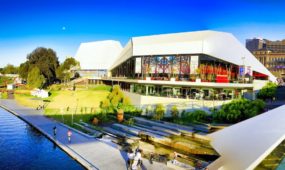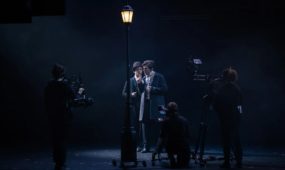Rising Sun Pictures designs a mutant mind for Dark Phoenix
Arts
South Australian studio Rising Sun Pictures has delivered 150 shots for the latest X-Men blockbuster.

Sign up to receive notifications about new stories in this category.
Thank you for subscribing to story notifications.
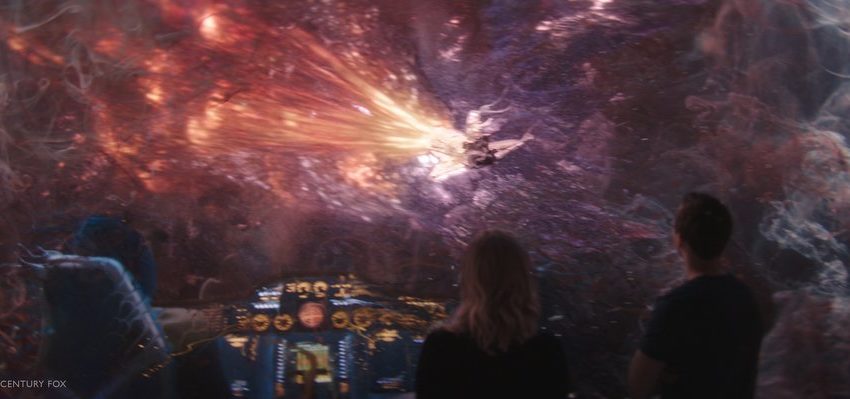
Rising Sun Pictures has continued its association with the X-Men franchise, contributing nearly 150 visual effect shots to the latest film, Dark Phoenix.
The announcement followed a Deloitte Access Economics report last month showing South Australia’s screen industry contributed a record $A119.5 million to the state’s economy in 2017/18, up from $76.8 million in the previous 2013/14 report.
As well as working on the X-Men franchise, Rising Sun have contributed visual effects to more than 120 films, including Captain Marvel, Dumbo, Thor: Ragnarok and Game of Thrones.
The studio is among four post-production and visual effect studios that call Adelaide home.
Others include Technicolor subsidiary Mill Film, which is expected to soon move into a new 3000sq m VFX studio in the centre of the city and KOJO, which has worked on projects such as Top End Wedding and Hotel Mumbai.
Rising Sun’s work on Dark Phoenix spanned nearly 18 months and involved close collaboration between director Simon Kinberg, visual effects supervisor Phil Brennan and visual effects producer Kurt Williams.
Rising Sun’s work was primarily focused on an extended sequence between three X-Men as they attempt to journey into the mind of Jean Grey (played by Sophie Turner), whose struggle with the mysterious dark phoenix is the catalyst for the plot.
Memories from Jean Grey’s troubled past form out of the inky mist of her neural activity as the three mutants search for clues to help save her.
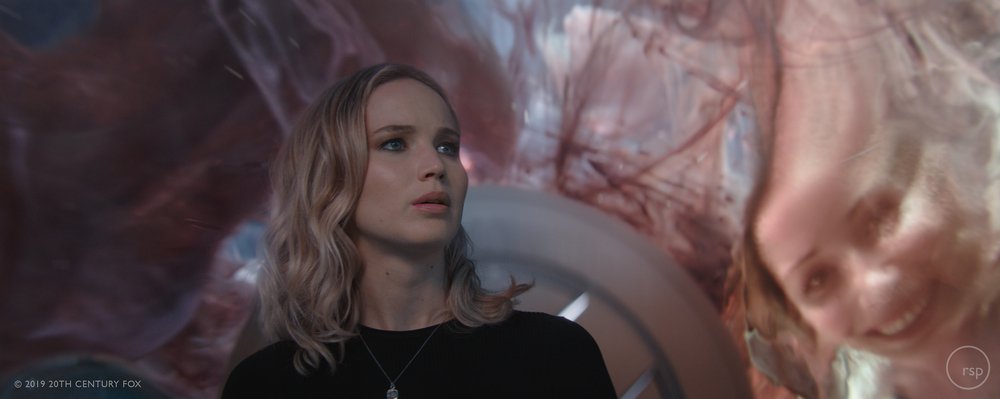
Rising Sun developed a digital environment to represent Jean Grey’s thought process and the physical workings of her brain.
Studio team leader Dennis Jones said they drew inspiration from real-world brain research.
“I found a fantastic TED Talk about scientists who slice off tiny bits of brain to determine how neuron strands connect its various parts,” he said.
“We used neurons like those, and their associated electrical activity, to define the space and to act as an anchor point to let the audience know we are inside the anatomy of the brain.”
He said a key challenge was developing a way to convincingly and artistically represent memories while avoiding anything that looked like a hologram.
“We shot the sequence on a stage that was essentially a green cube,” he said.
“That allowed us to point cameras in any direction. We did multiple passes with a crane circling around the actors and capturing their performances from a variety of perspectives. We shot the heart of the sequence, start to finish, and got the coverage we needed to tell the story in the most exciting way possible.”
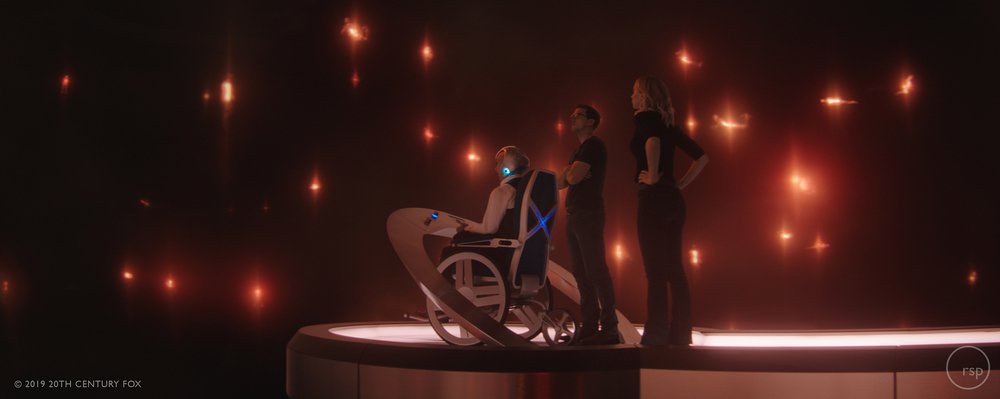
While studio effect artists usually lead Rising Sun’s creation of digital environments, layout artists guided the project by creating a tool to generate the basic structure for neurons.
Layout lead Mark Honer said once the team placed a neuron they were able to add effects and texture “to make it look awesome”.
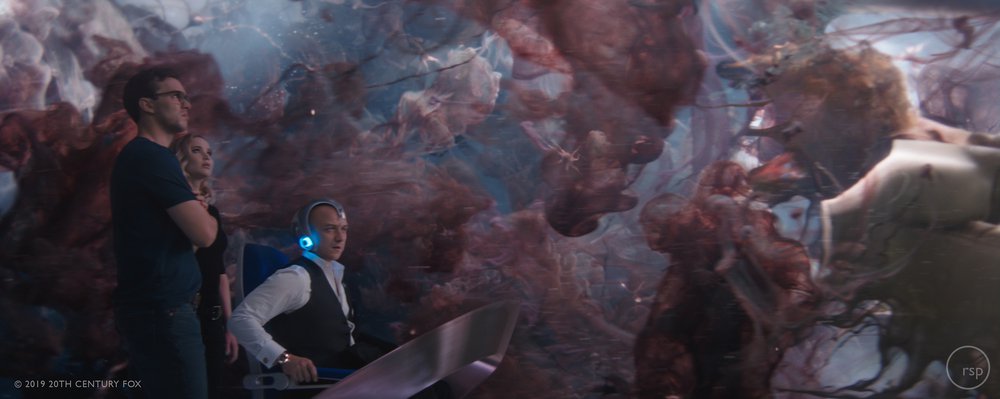
Along with the neurons, the effects team needed to fill the brain space with a three-dimensional inky fluid, making it look both familiar and fresh – a task that took finesse.
They also worked on Jean Grey’s memories.
Using production footage, including scenes of young Jean and her mother, the team produced simulations to make the action appear less photographic and more abstract.
Despite the length of production, sheer number and complexity of shots, Jones said the team loved working on the film.
“We especially look forward to projects under the Fox banner because they like to push things,” he said.
“We were lucky to be involved in Dark Phoenix. Our team gave its all, and it shows.”
Jump to next article


